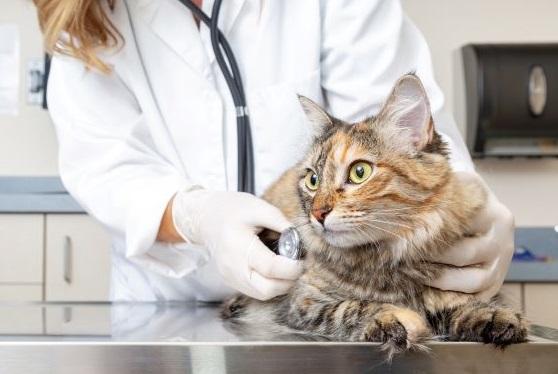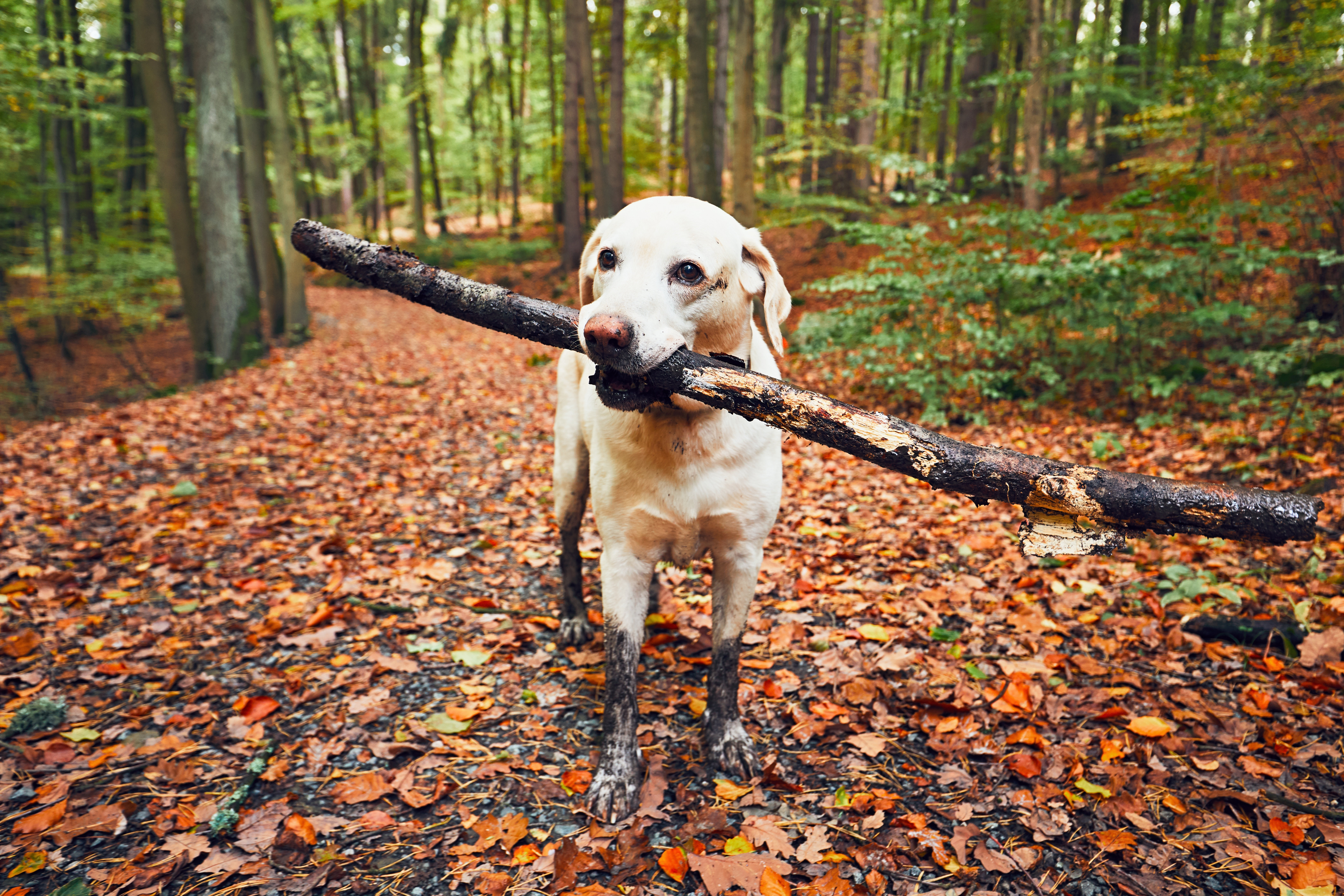Cat Flu and the questions owners ask
Dec 27, 2025 5:45:04 PM

Cats are the most amazing creatures. They form such a special part of our lives. Charles Dickens’ famous quote “What greater gift than the love of a cat?” will resonate with so many of us.
We all take great pride in the health and well-being of our special feline friends, but one of the key health-related conditions which suddenly appear, as if out of nowhere and may affect their overall well-being, is, the often-misunderstood, cat flu.
On the surface, the symptoms of cat flu appear to be like human flu, but this is where the similarity ends. Dig a bit deeper and it is clear to see why so many cat owners show so much concern and ask these questions:
- What is cat flu?
- Is cat flu caused by the Influenza virus?
- How does cat flu spread?
- Signs and symptoms
- Your vet – you and your cat’s new best friend!
- Treatment and precautions
What is cat flu?
Cat flu is medically known as feline upper respiratory system infection. The illness can affect cats of all ages and any breed. It can be mild or severe, and, to complicate matters, signs and symptoms tend to vary from one cat to another.
It may surprise some people to learn that the causes of cat flu can be multifactorial and may be related to several different viruses and bacteria. However, two viruses are recognized as the major causative agent of cat flu. These are feline calicivirus (FCV), and feline herpes virus-1 (FHV-1). Other causes include bordetella infection, mycoplasma infection and feline chlamydiosis.
So, is cat flu caused by the Influenza virus?
Simply put, no. Cat flu is not caused by influenza viruses. Influenza viruses mainly cause human flu and are not a contributory factor to cat flu. Therefore, you cannot give your precious feline your flu.
How does cat flu spread?
Cat flu is a contagious condition that spreads quickly from one cat to another through direct contact with an infected cat’s saliva, nasal secretions, and tears as examples.
The virus can also be spread indirectly via feeding equipment, water bowls, toys, bedding, or even human clothing and the hands of a person who has petted an infected cat.
The good news is that there is no scientific evidence of its zoonotic importance. Therefore, cat flu is totally specific to cats and does not transmit from cats to human beings.
Signs and symptoms
Signs and symptoms of cat flu are nearly alike to human flu. Some key signs and symptoms to look out for are:
- Sneezing
- Watery eyes
- Difficult breathing (dyspnoea)
- Runny nose
- Loss of appetite
- High Temperature
- Ulcers in mouth and around eyes
- Coughing and dribbling
Your cat may show mild to severe symptoms depending upon the severity of disease. Remember, severe symptoms can lead to life-threatening conditions such as pneumonia, lung damage, eye damage, and other dangerous complications. Kittens and elderly cats show the worst symptoms because of their emerging or aging immune system.
Your vet – you and your cat’s new best friend!
Diagnosis is made by a registered veterinarian who will assess your pet’s history, their clinical signs and symptoms, and perform lab testing. It is important to note that cat flu is not always threatening, it can go away on its own. But it is necessary to stay in contact with a registered veterinarian for your cat’s well-being and for your peace of mind.
There are many medical conditions which share symptoms with flu such as chronic bronchitis, asthma and other respiratory diseases. Your vet can confirm the diagnosis by taking the nasal/throat swab of your cat and testing the virus strain in the lab. So, do not rely on the internet, or blogs like this for a diagnosis!
Treatment and precautions
Your local and trusted veterinarian will guide you through the treatments needed for your specific pet. Please listen to their advice regarding suitable vaccinations. Should you suspect your cat has cat flu, call your vet and ask them for their advice and an appointment, quarantine you cat at home as far as is practicable and clean all feeding items regularly and separately.
References
A study of feline upper respiratory tract disease with reference to prevalence and risk factors for infection with feline calicivirus and feline herpesvirus J. Feline Med. Surg., 2 (3) (2000), pp. 123-133.
Ocular manifestations of feline herpesvirus infection: 1. Am. Vet. Med. Assoc., 159 (10) (1971), pp. 1223-1237.
Prevalence of feline herpesvirus-1, feline calicivirus, chlamydophila felis and mycoplasma felis DNA and associated risk factors in cats in Spain with upper respiratory tract disease, conjunctivitis and/or gingivostomatitis J. Feline Med. Surg., 19 (4) (2017), pp. 461-46.
Back
Recent Blogs

Keeping Your Furry Friend Safe and Happy During Halloween
Halloween approaches with its festive decorations, spooky costumes, and sweet treats. While humans eagerly anticipate the holiday, it can be a challenging time for our four-legged friends. From unfamiliar sights and sounds to potentially dangerous treats, Halloween can pose various risks to our beloved dogs.
While it might be tempting to dress up your dog in a cute or funny costume, always prioritize their comfort and well-being. Ensure that the costume is not restrictive, does not impede movement, and does not have small parts that could be swallowed. Allow your dog to become accustomed to the costume before the actual event, and keep a close eye on them while they're wearing it.

The vital role of responsible dog ownership.
A Pledge to Paws and Principles
Dogs have long been cherished companions, confidants, and sources of unconditional love for millions of people around the world. These faithful friends offer not only emotional support but also contribute significantly to our overall well-being. However, the joys of having a canine companion come with great responsibilities. Responsible dog ownership is not just a choice; it's an obligation we owe to our four-legged friends, our communities, and ourselves. In this blog, we will delve into the importance of responsible dog ownership and highlight the numerous benefits it brings to our lives.

My dog is a finicky eater...
You have a dog that has no appetite, is fussy and finicky with his food and you are fed up of trying every dog food brand under the sun. Here are our top tips for encouraging a better feeding regime

Finding the best places to walk your dog
The many benefits of dog walking are well documented and regular walks form part of our daily routine. But it is really easy to get into an unthinking pattern of where and how we walk our dogs. There are lots of adventures to be had out there with our canine companions so why not try something new?